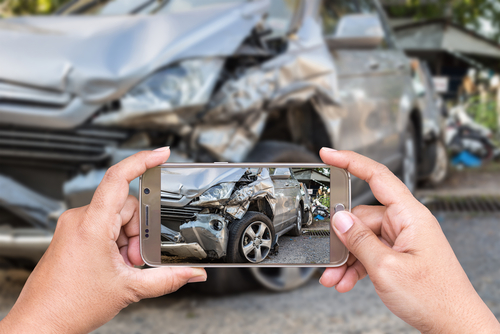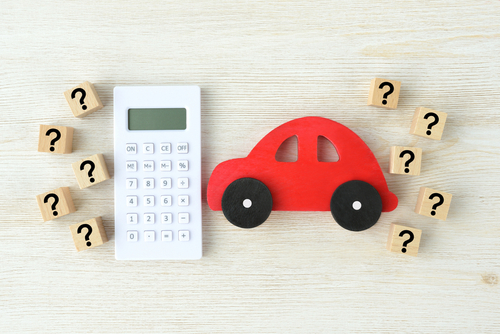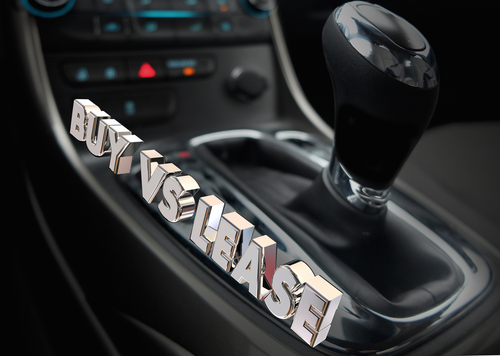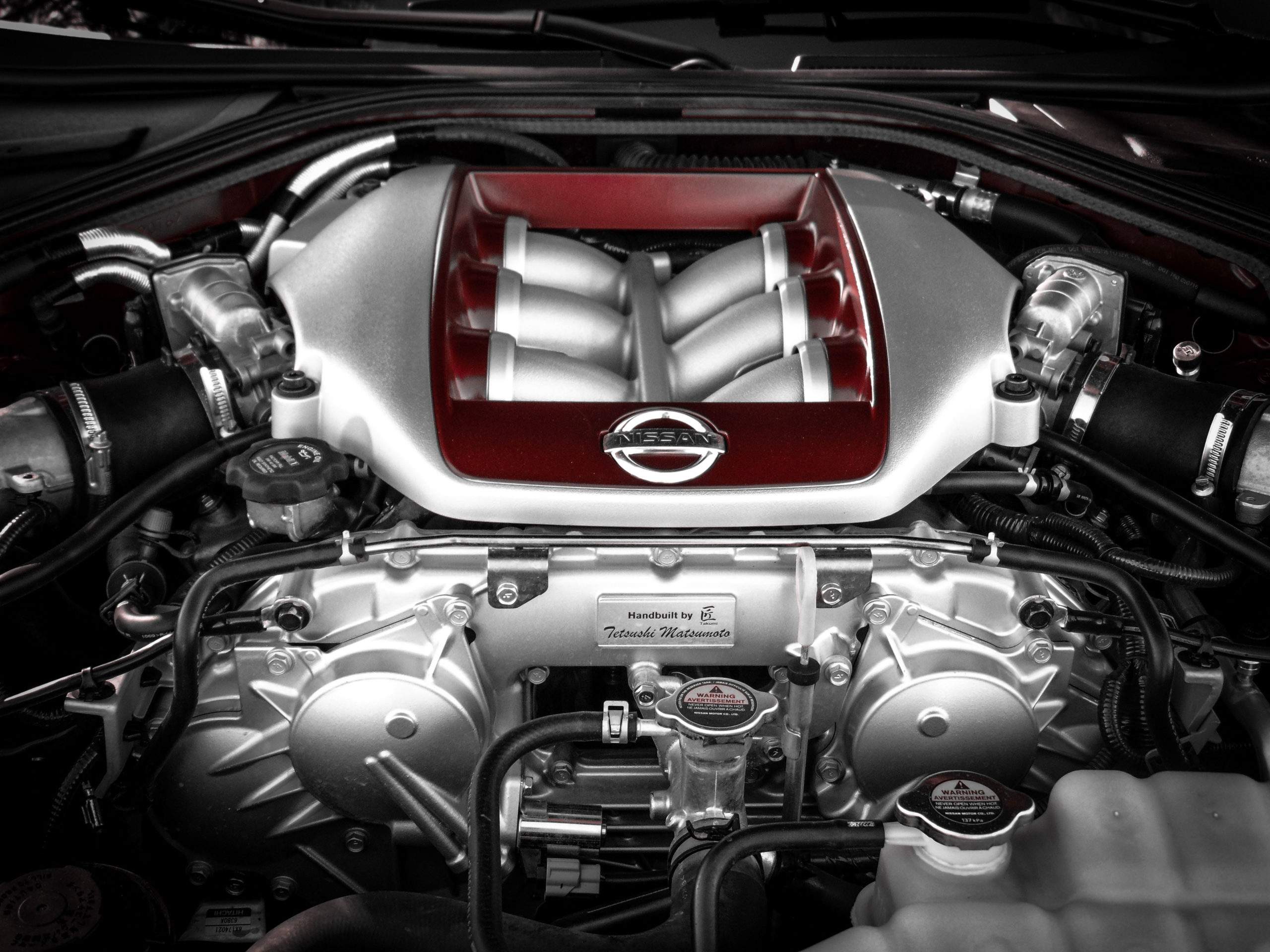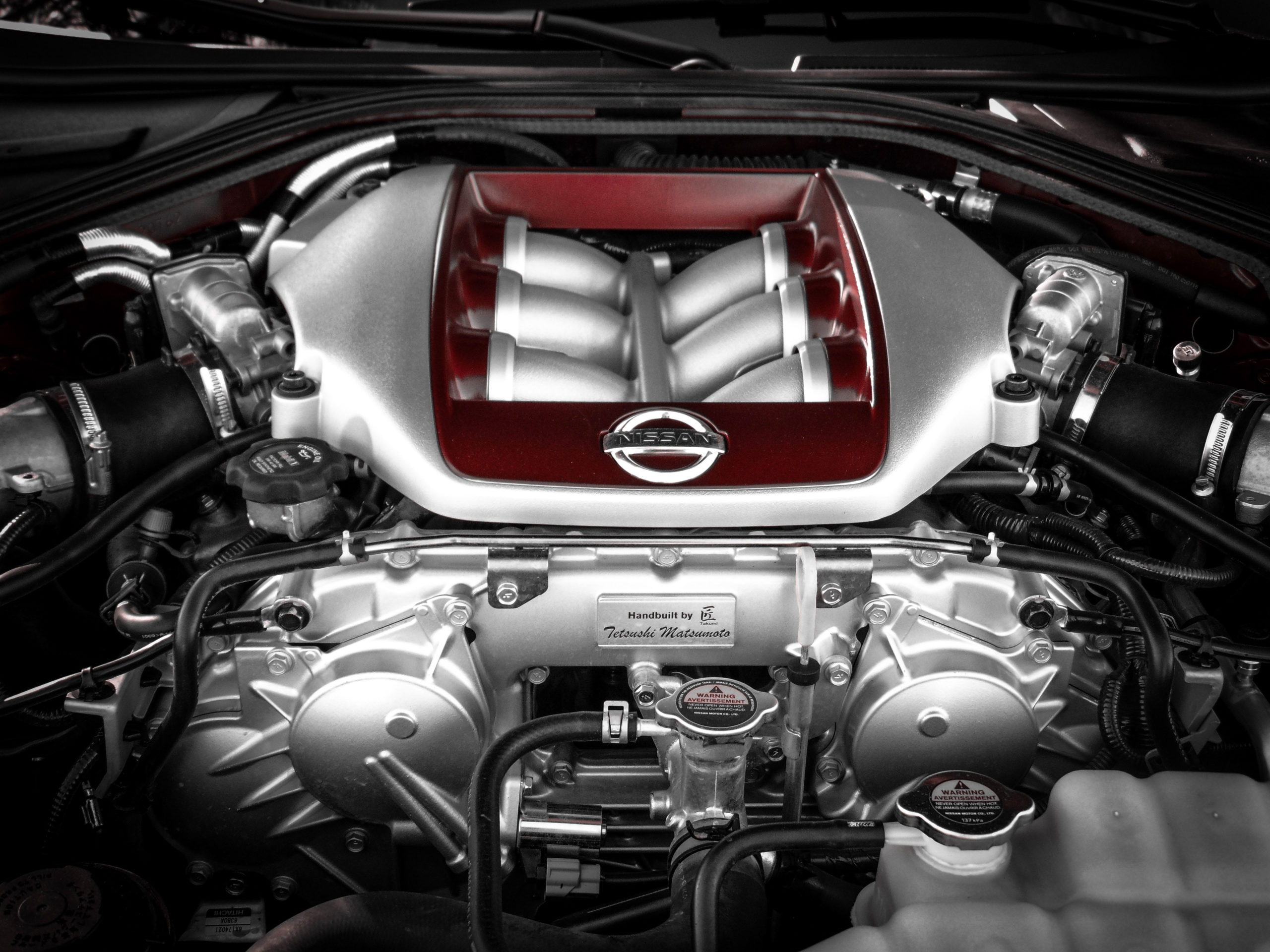A good relationship has to exist between you and a seller when you’re buying a car. You want to make sure that you’re buying a suitable car at the right price for your lifestyle requirements, whilst they want to make a good sale.
According to the AA, new cars can lose up to 40% of their value within the first year of purchase. This staggering depreciation is one reason why many buyers have turned to the used-car market to find their next vehicle.
However, whilst used cars can initially save you money, you may be faced with unexpected problems if the car was damaged due to an accident that occurred under its previous ownership.
So, there are a few things to look out for when buying a used car so that you can make sure you’re getting good value for money and a safe vehicle to drive. Some cars have tell-tale signs of damage, which you should keep an eye out for before you part with your hard-earned cash.
Free Car Check
Just enter any Car Registration below
Tell us when you’re buying the car so we can show you the most relevant info
How can I tell if a car I'm buying has been in an accident?
You can physically check your car in several ways to see if it has been in an accident before you decide to buy it. One of the easiest ways to do this is to give the vehicle a full inspection and try to spot any imperfections or changes that might indicate that work has been done to the car following an accident. For example, you can check the paintwork, look for scratches and make sure that the bumper is intact.
Another way to check if the car has been in an accident is to run the registration and car details through an online database. This will tell you whether your car has previously been classed as an insurance write-off or had any major repairs, and it will also tell you other important details from its history, such as the number of registered owners.
Most people assume that all accident damages are reported by the insurers. However, there is a known problem in the industry as not all accident damages get recorded on the official MIAFTR database. However, with Car Guide you can also check for unrecorded accident damage which wouldn’t typically be picked up by other car history checking websites. So if you want to ensure there are no nasty surprises, get a car check from Car Guide.
Continue reading to find out exactly how you can tell whether the car you own or are looking to buy has been involved in an accident that the seller didn’t make you aware of.
Is my car road legal, even if it was an insurance write-off?
Cars are written off when they are so badly damaged that they would be unsafe to drive. When this happens, your insurance company will usually take ownership of the vehicle and give you some financial reimbursement.
Your car may also be classed as an insurance write-off even if it is road-safe, but repairs to the car wouldn’t be economically viable. This cut off point for cost can vary between cars because the decision is based on the value-to-repair ratio of each individual car.
However, the owner can appeal whatever decision the insurance company makes if they think the car can be reasonably repaired and made road-safe again. However, they would have to pay for the repairs or do them themselves.
What to look for to check for previous accident damage
There are a number of signs that you can look for in order to tell whether a vehicle has undergone any significant repairs. Some of these important signs to look out for are listed below:
Paintwork differences or bubbling
Look to see whether there are colour differences or paint splatters anywhere on the car. The previous owner may have tried to touch up the car if it had been scraped. You can run your hand along the body of the car to feel for any lumps and bumps if you don’t think you’d be able to pick up on a paint job using sight alone.
Bubbling can also be a sign of rust, hidden beneath the paintwork. This is something else to look out for when inspecting the car you are looking to buy.
Car body filler
Many drivers turn to a form of filler to fill in a dent or crack on a car. Whilst filler can help some dents vanish with barely a blemish left, the mixture can actually harm the body of the car if it isn’t mixed properly. The filler mix can cause cracking around the dented area, discolouration and a weakened area that is vulnerable to general wear and tear in the long term.
Cracks in the bumper
An obvious sign that a car has previously been in an accident are cracks in the bumper. This could indicate that the car has driven into something, or has been bumped by another vehicle. Not only does a cracked bumper ruin the aesthetic of the car, but it can also prove dangerous as a damaged bumper won’t absorb the same level of impact that it would if it were intact.
Misaligned doors or body panels
Gaps between the doors and panels should be uniform and both sides should fit together properly. Panels or doors that don’t lie flush with each other or have significant gaps could be an indication that the car has been involved in some kind of accident and has been rebuilt or repaired at some stage.
You should check all the doors close properly when inspecting a car because warped doors can pose a safety risk if they don’t shut fully.
Different hinges
Cars that have been repaired are often repaired with parts that don’t necessarily match the originals of the vehicle. For example, you might notice that the hinges on the doors or bonnet are different colours from one another. Whilst this could be the result of maintenance from general wear and tear, it can be a sign that the car has undertaken some serious work because it was badly damaged.
Unevenly worn tyres
Tyre treads that are worn on one side more than the other could just mean that they need replacing or that the tracking needs adjusting, but it might be an indicator that the car has be in an accident. Check the framework surrounding the tyres, as well as the rims to see if they are scraped or dented. The previous owner might have made the marks from bad driving or parking, but it could also be a sign that the car has been involved in something more serious.
Welding marks
Some of the biggest indicators that a car has been involved in an accident are obvious welding marks. Look out for these marks on the exterior and interior of the car to see if they are the result of a repair job. There could be hidden dangers if the car has been involved in an accident as certain components of the vehicle could be in a weakened state.
Different bolts
As with the hinges, a repaired car may have different bolts in areas that have received maintenance and repair following an incident. Bolts may not be an indicator on their own that the car has been involved in an accident, but it’s certainly something to keep an eye out for if you notice other warning signs.
Scratches on the body
Whilst some drivers may go through the hassle of repainting or filling a damaged area of the car, this isn’t always the case. Perhaps the most obvious sign that the car has experienced some kind of trauma are scratches on the body of the car. The most common area to find these are usually the bumpers and along the doors.
Minor scratches aren’t all that uncommon on used cars, but there’s a certain limit of cosmetic imperfections that accompany age versus major incidents.
Used airbag
Airbags are designed to deploy and inflate upon serious impact to the car. You can tell if the airbags are properly set up if the airbag light on the dashboard turns on when you switch the vehicle on after turning the key in the ignition. It’s possible to see whether the airbags have previously been deployed by checking the paintwork around the airbag casing, as well as the seams of the airbag itself. Split seams will show that the airbag has been damaged in an accident.
Can I find out about a car’s condition, even if there is no visible damage to the vehicle?
Sometimes, it might be difficult to determine whether the car has been involved in a serious incident or has just suffered general wear and tear over the years. Whilst this can be hard to determine through a physical inspection, there is another surer way of finding out about a car’s history.
You can enter a car’s registration into our Car Check software to see its history, including whether it has been classed as an insurance write-off, how many owners it has had and any upcoming & previous services and repairs the car should have had or will need in the near future. This can give you a better idea of the condition that the vehicle is in, even if there isn’t much physical evidence when you do a cursory check. A car write-off check can help you make an informed decision about whether you want to buy it in the condition it is in. As mentioned in the article already, there are only a few companies that provide unrecorded damage information and Car Guide is one of them.
When inputting the vehicle’s registration into the Car Check, you should also include whether you already own the vehicle or when you are hoping to buy it so that the most up-to-date and relevant information is supplied. You should be able to find the age of the car on the legally required vehicle registration mark.
Can I insure my car if it was damaged by a previous owner?
Insurance is used to protect you should your vehicle encounter any damage that you need to pay for. However, insurance companies won’t pay out for any previous damage that occurred before you took out the insurance policy. This is because the car wasn’t registered and therefore covered by the insurance company at the time of the incident.
Buying a previously written-off car can seem tempting as the price tag will be low, but the subsequent repair costs can soon add up to more than the car was bought for or even worth. Cover may be more costly for cars that have previously been written off as insurance companies could deem your car as being in need of repairs and too risky to insure.
Cars that have been damaged but weren’t written off can also be insured, although insurance companies may charge a higher premium because of the risk level. Insurance companies won’t necessarily require a vehicle history check before they offer you a cover policy for your car.
What should a seller disclose when selling a vehicle that was in an accident?
Private sellers have more leeway when it comes to selling vehicles than automotive professionals. This is because they could defend themselves in court by stating that they don’t have an intimate knowledge of cars and therefore didn’t notice the damage. You would need proof that the seller had prior knowledge of any damage, such as a receipt stating the repairs carried out whilst the car was under the seller’s ownership.
Professional car dealerships, on the other hand, are legally responsible to abide by certain laws that restrict them from participating in unfair trading practices. However, there’s no clear cut definition of what might be considered “unfair trade” (unless there is obvious and severe damage to a vehicle). That’s because customer opinion as to what level of damage a seller should disclose varies dramatically: one buyer may feel that paintwork damage should be declared, whilst another may not be concerned.
Summary
Make sure you know the full condition of the vehicle that you are buying by conducting a physical inspection and inputting its registration number into the online Car Check for a full car history report. Along with the vehicle write-off report, the data supplied will include a car’s MOT history and outstanding finance, as well as whether it has ever been stolen.
Frequently Asked Questions
Yes you can – with Car Guide. All you need is the car registration number. Do a check here.

